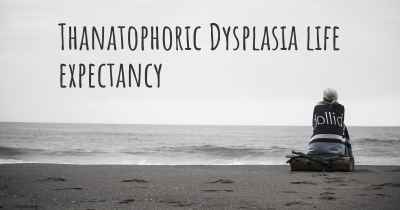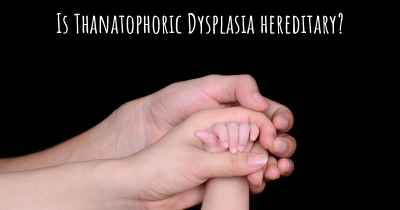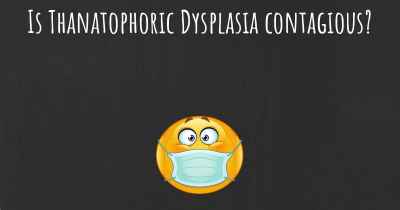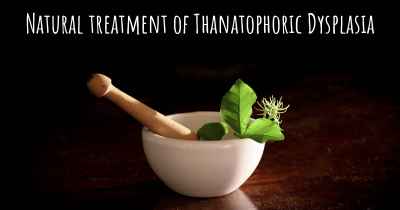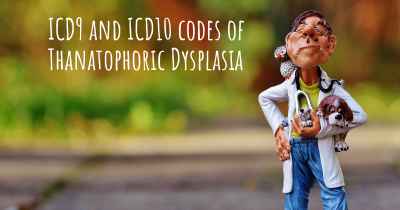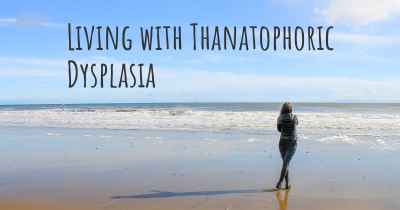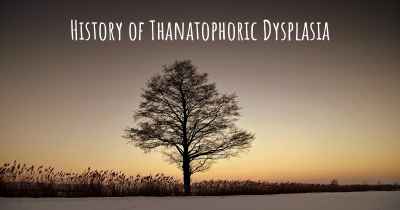Thanatophoric Dysplasia diet. Is there a diet which improves the quality of life of people with Thanatophoric Dysplasia?
Are you aware of a diet that can improve the quality of life of people with Thanatophoric Dysplasia? Is there a diet that is suggested to avoid when having Thanatophoric Dysplasia? See if there is a diet that can improve the quality of life of people with Thanatophoric Dysplasia, recommended and to avoid food when having Thanatophoric Dysplasia
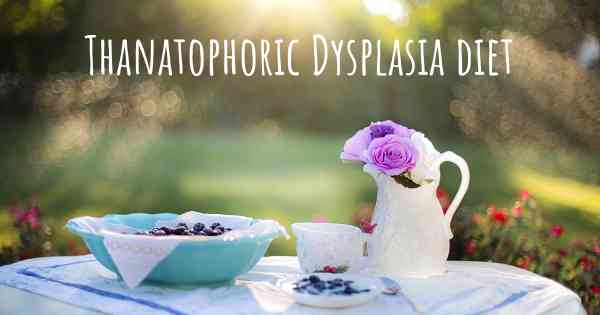
Thanatophoric Dysplasia Diet: Improving Quality of Life
Thanatophoric dysplasia is a rare genetic disorder characterized by severe skeletal abnormalities and respiratory complications. As a life-threatening condition, individuals with Thanatophoric Dysplasia require specialized care and attention, including a tailored diet to support their overall well-being. While there is no specific diet that can cure or reverse the condition, certain dietary considerations can help improve the quality of life for individuals with Thanatophoric Dysplasia.
The Importance of Nutrition
Nutrition plays a crucial role in supporting the health and development of individuals with Thanatophoric Dysplasia. Due to the skeletal abnormalities and respiratory challenges associated with the condition, it is essential to focus on providing adequate nutrition to support growth, bone health, and overall strength.
Caloric and Nutrient Requirements
Individuals with Thanatophoric Dysplasia often have limited mobility and reduced muscle tone, which can impact their energy expenditure. Therefore, it is important to ensure that their caloric intake meets their energy needs. Consulting with a registered dietitian or a healthcare professional experienced in managing rare genetic disorders can help determine the appropriate caloric intake for each individual.
Protein: Protein is essential for growth, tissue repair, and immune function. Including adequate amounts of protein in the diet can help support muscle development and overall strength. Good sources of protein include lean meats, poultry, fish, eggs, dairy products, legumes, and tofu.
Calcium and Vitamin D: Calcium and vitamin D are crucial for bone health and development. Individuals with Thanatophoric Dysplasia often have skeletal abnormalities, making it important to ensure sufficient intake of these nutrients. Good sources of calcium include dairy products, fortified plant-based milks, leafy green vegetables, and fortified cereals. Vitamin D can be obtained through sunlight exposure and dietary sources such as fatty fish, egg yolks, and fortified foods.
Iron: Iron is necessary for the production of red blood cells and oxygen transport. Individuals with Thanatophoric Dysplasia may be at an increased risk of anemia, so it is important to include iron-rich foods in their diet. Good sources of iron include lean meats, poultry, fish, fortified cereals, legumes, and leafy green vegetables.
Fiber: Constipation can be a common issue for individuals with Thanatophoric Dysplasia due to reduced mobility and muscle tone. Including adequate fiber in the diet can help promote regular bowel movements. Good sources of fiber include whole grains, fruits, vegetables, legumes, and nuts.
Feeding Challenges and Strategies
Individuals with Thanatophoric Dysplasia may face feeding challenges due to respiratory complications, limited oral motor skills, or gastroesophageal reflux. These challenges can make it difficult to consume a balanced diet. In such cases, it is important to work closely with a healthcare professional to develop strategies that ensure adequate nutrition.
Small and Frequent Meals: Offering small and frequent meals can help prevent fatigue during feeding and improve nutrient intake. This approach can also help manage gastroesophageal reflux by reducing the volume of food consumed at once.
Texture Modification: Modifying the texture of food to make it easier to swallow can be beneficial for individuals with swallowing difficulties. Pureeing, mashing, or blending foods can help ensure safe and efficient swallowing.
Supplementation: In some cases, nutritional supplements may be recommended to meet specific nutrient requirements. These supplements should be prescribed and monitored by a healthcare professional to avoid any potential complications.
Hydration and Fluid Intake
Proper hydration is essential for overall health and well-being. Individuals with Thanatophoric Dysplasia may have difficulty consuming adequate fluids due to respiratory challenges or oral motor difficulties. Ensuring sufficient fluid intake is crucial to prevent dehydration. Offering fluids in small amounts throughout the day and using appropriate feeding techniques can help maintain hydration.
Individualized Approach
It is important to remember that each individual with Thanatophoric Dysplasia is unique, and their dietary needs may vary. Consulting with a healthcare professional, such as a registered dietitian, can help develop an individualized nutrition plan that considers specific challenges, preferences, and overall health status.
Disclaimer: The information provided here is for educational purposes only and should not replace professional medical advice. Always consult with a healthcare professional or registered dietitian for personalized guidance.
